Danny | Posted on |
24/7 Free Scheduling.
Cancel any time.
Get Your FREE Estimate!!
Choosing between wood and composite fencing in Pasadena requires more than just picking what looks good. Homeowners need to weigh long-term durability, cost of ownership, and performance in local weather conditions. This guide breaks down everything you need to know, step-by-step.
Understanding the Basics of Wood and Composite Fencing
Before diving into performance and costs, it’s important to understand what sets these materials apart. Both have pros and cons depending on your priorities.
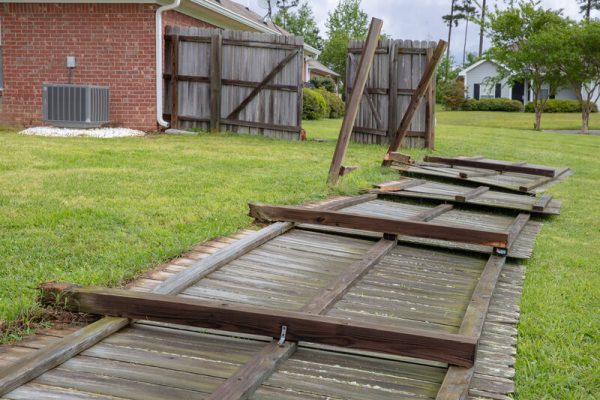
What Is Wood Fencing?
Wood fencing is typically made from natural materials like cedar, redwood, or treated pine. It’s popular for its traditional appeal and customizability. In Pasadena, it’s often chosen for charming curb appeal and its ability to be stained or painted to match your home.

What Is Composite Fencing?
Composite fencing is engineered from a mix of recycled wood fibers and plastic. It’s designed to mimic the look of real wood but with higher resistance to rot, insects, and weather damage—ideal for low-maintenance homeowners.
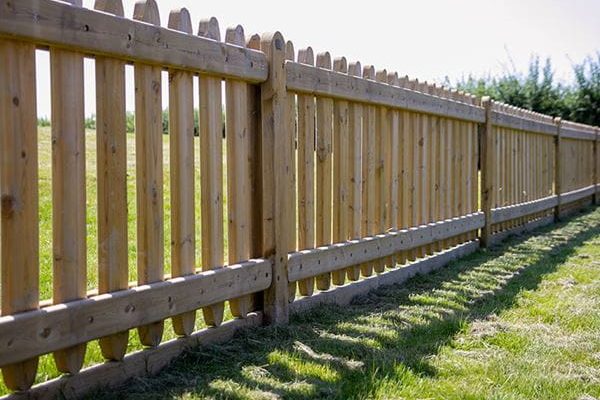
How Each Performs in Pasadena’s Climate
Pasadena’s dry summers and occasional winter rains create unique challenges. Wood can warp, crack, or fade without proper upkeep. Composite fencing holds up much better to UV exposure and moisture, making it ideal for long-term outdoor use.

Which Material Is More Eco-Friendly?
Composite fencing uses recycled materials and lasts longer, making it the more sustainable choice. While wood is natural, it often requires chemical treatments and frequent replacements that increase environmental impact over time.
- Call HandyMaestro at (626) 493-6816 for a free quote today!
Performance, Durability & Maintenance in Pasadena
When investing in a new fence, long-term performance matters just as much as style. Here’s how wood and composite fences hold up over time in Pasadena’s unique weather.

Maintenance Needs Over Time
Wood fences require consistent maintenance, including staining, sealing, and treating for pests every few years. These tasks add cost and effort. Composite fencing, by contrast, requires minimal maintenance—just occasional cleaning.

Resistance to Pests and Rot
Wood is susceptible to termites, carpenter ants, and decay. Composite fencing resists both pests and moisture, significantly lowering the risk of damage over time.
UV Exposure and Color Fading
Pasadena’s sunny climate can quickly cause wood to fade or crack without protective finishes. Composite fencing contains UV inhibitors that help preserve its original color.

Wind and Weather Resilience
Stormy weather and strong winds can cause traditional wood boards to split or come loose. Composite materials are often designed with reinforced panels that hold steady in changing weather.
Upfront and Long-Term Cost Comparison
Cost is one of the biggest decision factors for homeowners. But short-term savings don’t always equal long-term value. Let’s compare both sides.
Installation Costs
Wood fences typically have a lower initial cost for materials and installation, especially when using pressure-treated pine. Composite fencing costs more upfront due to its material and structural complexity.
Maintenance & Repair Expenses
Maintaining a wood fence over 10–15 years can add hundreds—if not thousands—of dollars to its lifetime cost. Composite fencing requires no staining, sealing, or pest control, keeping recurring costs very low.
Lifespan and Return on Investment
Wood fencing in Pasadena may last around 10–15 years with regular upkeep. Composite fences often last 25+ years, delivering a better return over time.
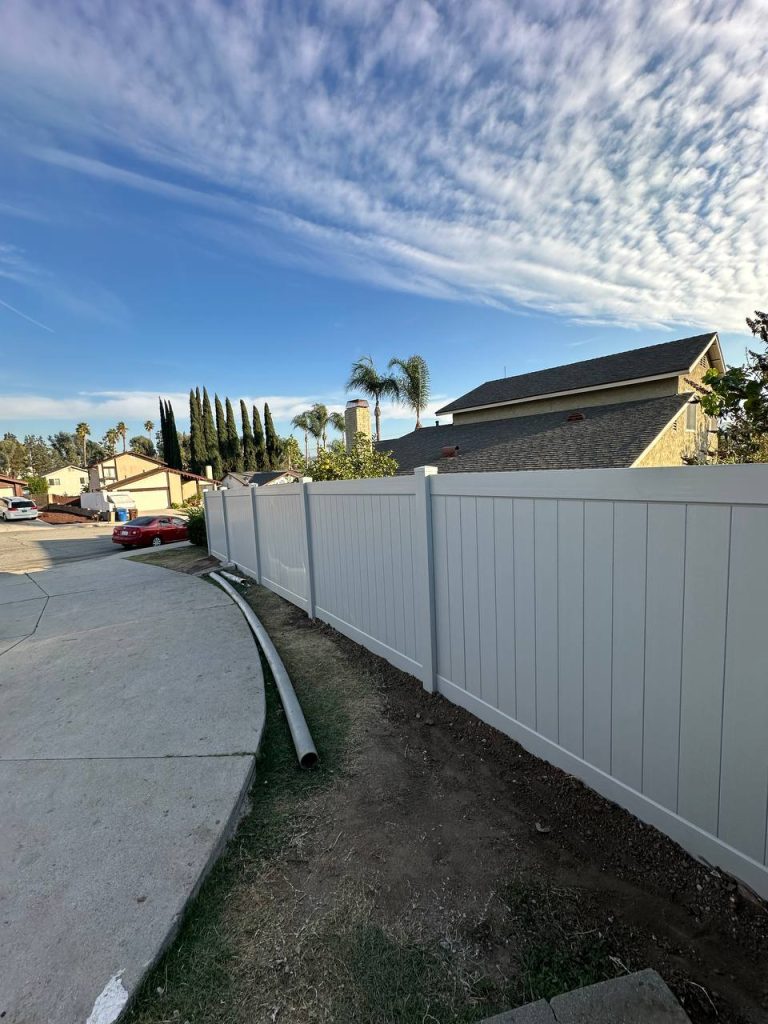
Visual Appeal and Property Value Impact
Both wood and composite offer aesthetic appeal—but the long-term visual outcome and property value can differ depending on the material.
Natural vs. Engineered Appearance
Wood offers organic beauty and texture that’s hard to match. Composite fencing mimics this look but may not capture the full grain depth of real wood.
Customization Options
Wood fences can be cut, painted, or styled in virtually unlimited ways. Composite fencing comes in standard styles and colors but is less flexible for custom designs.
How Each Affects Resale Value
Buyers may be drawn to wood fencing for its classic charm, but may worry about future maintenance. Composite fencing, while more modern in appearance, signals low maintenance and long-term durability—often increasing curb appeal for busy buyers.
Noise Reduction and Privacy Benefits
Composite fences often provide better noise insulation due to their density and tight assembly. Both materials can offer privacy, but composites tend to be more consistent in coverage over time.
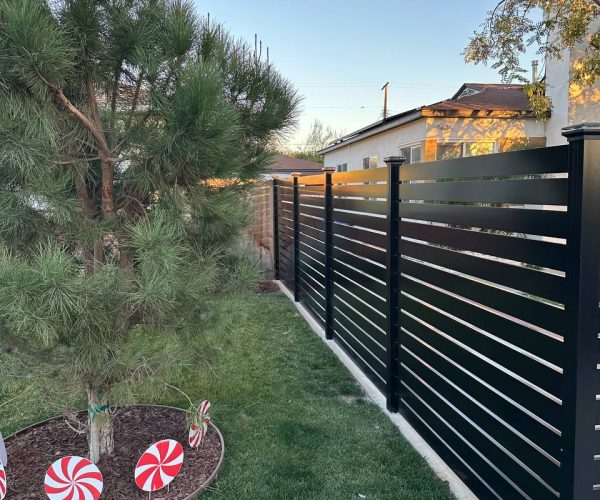
Which Fence Material Is Right for Your Pasadena Property?
Call HandyMaestro today at
(626) 493-6816 for a fast, free quote!
If you value tradition, warmth, and hands-on upkeep, wood might be the right fit—especially for shorter-term ownership. If you want long-term durability, low maintenance, and a modern look that withstands Pasadena’s climate, composite fencing is a smart investment. Your ideal fence depends on your budget, goals, and how long you plan to enjoy your property.


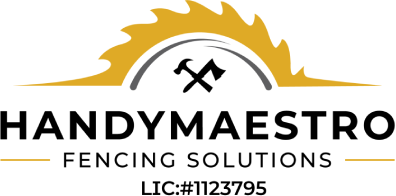

Leave a Reply